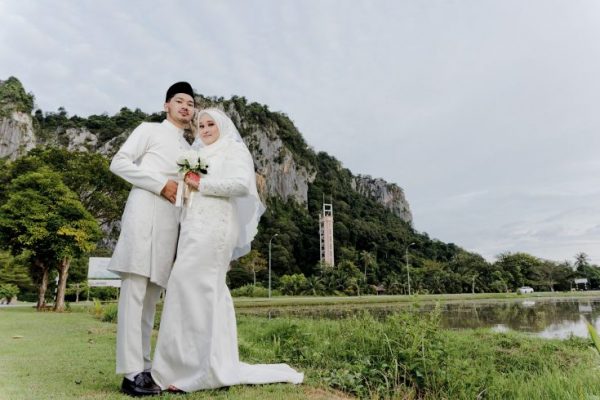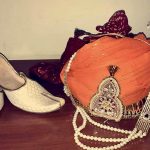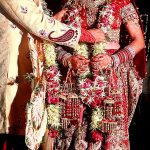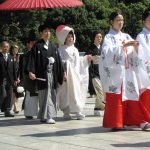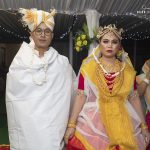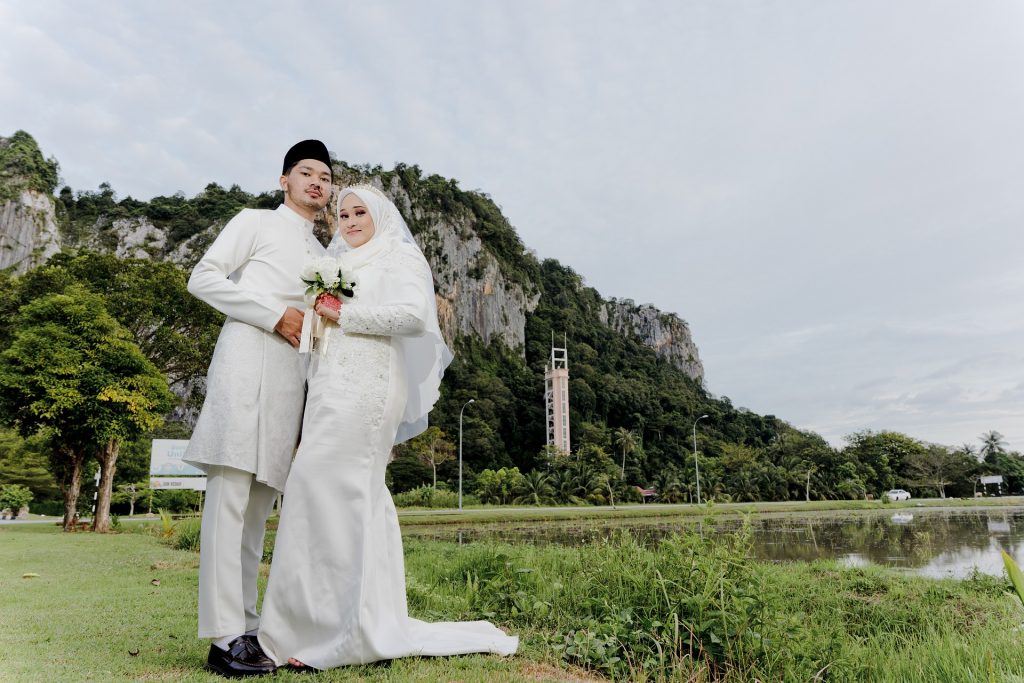
Malaysia is a multicultural and multiethnic country in Southeast Asia. It is home to Malay, Indian, Chinese, and indigenous peoples. That’s why Malay weddings are a display of Malay traditions and customs which are extremely important to the people. If you are invited to a Malay wedding, read this article to learn about Malay wedding culture in Malaysia.
Malay Wedding Traditions
Malay weddings are an explosion of colours, family, and fun. The couples enjoy themselves as everybody celebrates Malay wedding customs.
Merisik (Visit and Observe)
This is an old traditional Malay wedding tradition where the groom’s family or relatives visits a prospective bride’s house. It is to make sure the woman isn’t engaged and to find out her background. These days, couples don’t have the merisik as they already know each other; they use merisik as a formality for the future in-laws to meet and set the engagement date.
Meminang (Proposal)
The proposal or meminang is the next step of the Malay wedding checklist. An elder family member from the groom’s family visits the bride’s family to present the proposal. The bride has ample time to decide; Malay culture teaches not to rush into making decisions in regard to selecting a life partner.
Adat Bbertunang (Engagement)
The proposal is accepted; the families set the date for the engagement or adat bbertunang. At the engagement ceremony, both families exchange betrothal gifts; the senior female member from the groom’s side presents the engagement ring to the bride. The families discuss and agree upon the mas kahwin (dowry) and duit hantaran (customary gifts). The gifts represent a husband’s commitment to his wife’s needs. The engagement period can span from six months to three years.
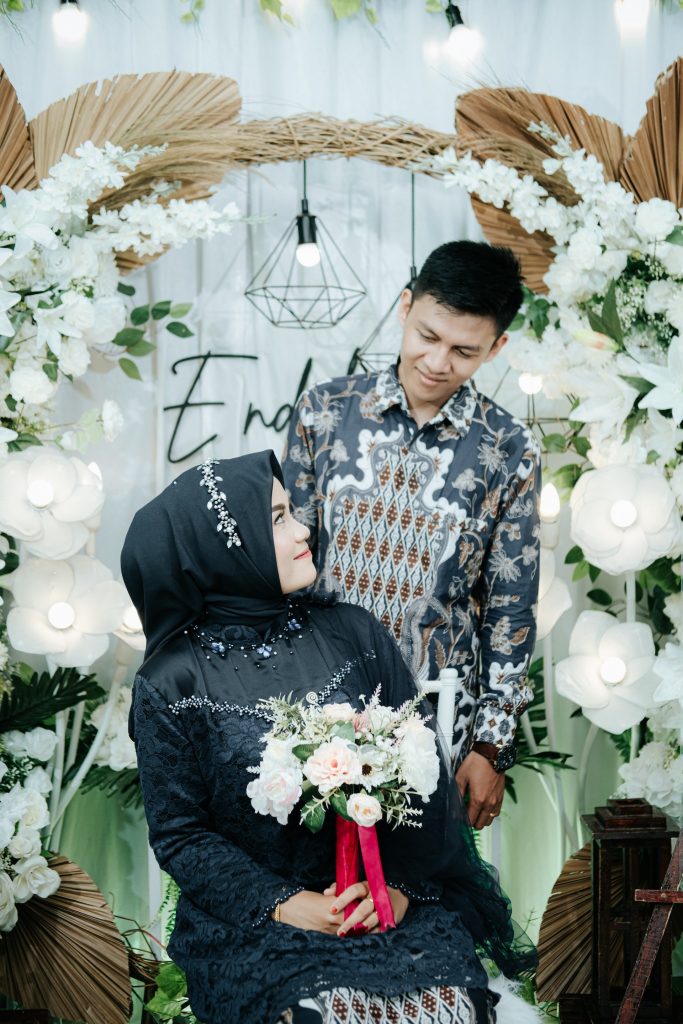
Adat Berinai (Henna)
The henna artist applies henna to the hands and feet of the bride and her bridal party. This custom wards off malicious spirits and bad luck. Henna is a very important part of Malaysian wedding culture.
Traditionally, the families hold three berinai ceremonies: berinai curi, berinai kechil (“small”) and berinai besar (“big”). The bride and her bridesmaids enjoy Berinai curi. The other two berinai ceremonies involve the bride and groom. Sometimes, couples want to hold only one berinai ceremony as opposed to three.
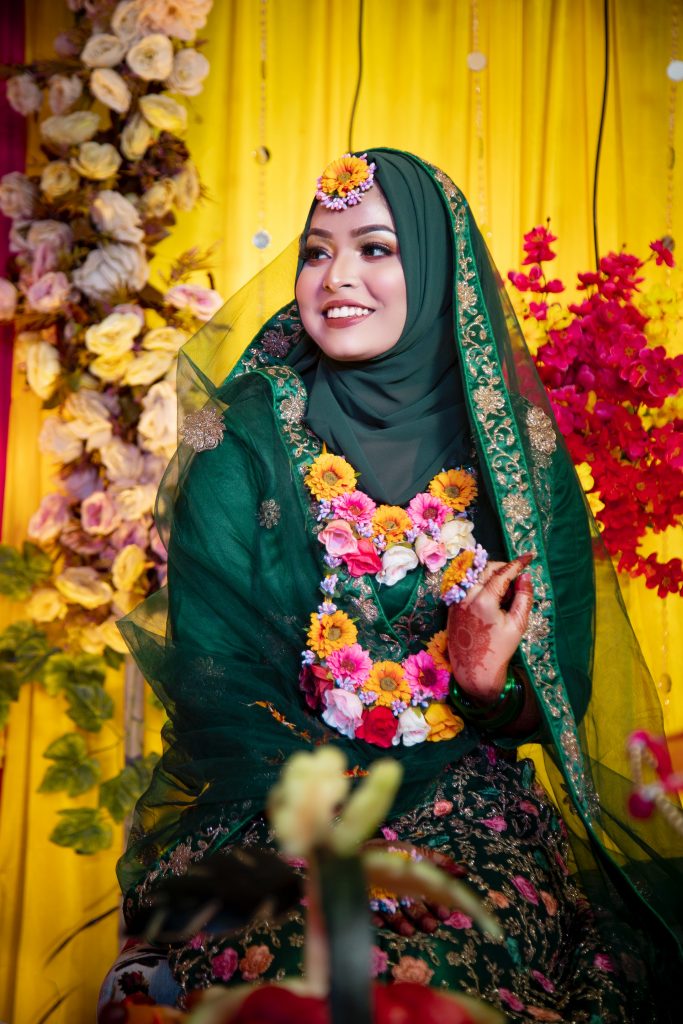
Akad Nikah (Solemnisation)
This Malay wedding ceremony involves handing over the bride. The ceremony is headed by a Wali, usually the bride’s father, uncle or brother, under the presence of two witnesses and an Islamic official (iman or kadhi or kadi). The bride gives her consent for the marriage. The Islamic official starts reciting Quran verses and talks to the groom regarding his new responsibilities and duties to his wife.
The marriage contract gets signed and vows are recited. The bride receives her mas kahwin (dowry) and after the handshake between the groom and Islamic official, the couple is husband and wife. The ceremony happens at the bride’s house, a local mosque, or the Registry of Muslim Marriages.
Majlis Persandingan (Enthronement Ceremony)
For this Malay wedding ceremony, the bride, wearing a Malay traditional dress and Malay wedding accessories, sits on a couch or Pelamin on an elevated platform. She hides her face with a hand fan held by a female relative. The groom finishes some lighthearted challenges put forth by the bride’s friends and relatives. He does this to reach his bride. Male musicians sing Quran verses and escort the groom. The newlyweds seek blessing the Islamic Malay way through this ceremony. The groom reaches his bride; the guests give their warm wishes.
Bersanding (Wedding Reception)
The couple head to their Malay wedding reception next where they are treated like royalty by their family and friends. The bride and the groom sit on chairs decorated with Malay floral arrangements. The couple receives warm blessings and congratulations from their families and friends. Guests shower the couple with yellow rice and flower petals, symbols of fertility. Everybody enjoys good food, listening to Malay wedding songs, and singing karaoke. Guests don’t have to stay for the entire duration of the wedding reception. Traditionally, the couple holds the reception in the family home’s courtyard; nowadays, the families choose communal places like community centres or void decks.

A Guide to Malay Wedding Culture
Malay Wedding Outfit: The groom wears the traditional baju melayu or a long-sleeved shirt and trousers; the bride wears a baju kurung or baju kebeya, a sarong over a long dress. These outfits come in a wide range of colours and are embroidered with gold thread. The couple wears elaborate head coverings to complement their Malay traditional wedding dress.
Malay Wedding Gift: The couple receives money as a wedding gift. The amount depends on how close the couple is to the guests.
Dress Code: You should dress modestly to respect the Muslim faith; you can choose from a variety of ethnic wear: Kebaya, baju Melayu, kurung, and batik. For western style attire, make sure to cover your shoulders and wear a proper-length skirt; men’s clothing options include a suit or a formal shirt and pants.
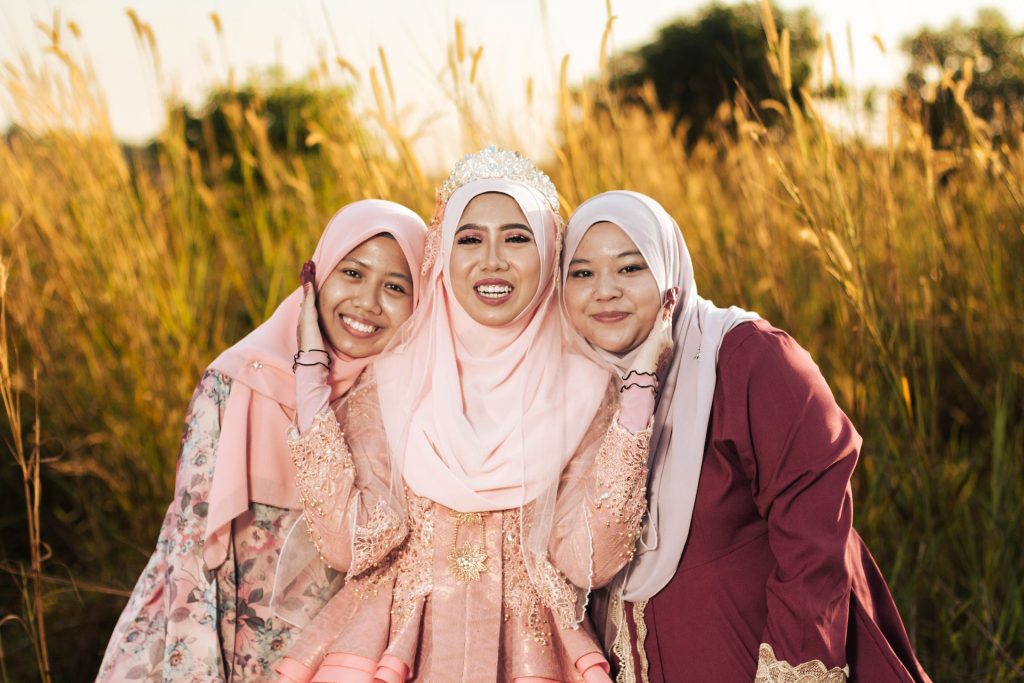
Malay Wedding Card: The couple’s families send wedding cards with all the necessary information, including the date, venue, time, ceremonies, etc.
Malay Wedding Photography: Usually, the couple’s families hire a wedding photographer to capture all the important moments at the ceremonies.
Wedding Favours: Traditionally, the couple’s families give a bunga telur (“flower egg”) to guests as wedding favours. A symbol of fertility, the bunga telur is a hard-boiled egg set on a glutinous rice case in a cup made of wiry paper flowers or sticks. In modern times, couples give chocolates, cakes, or sweets.
A Wedding in Malay Country
You will always have a wonderful time at a Malay wedding. Filled with heritage and traditions, weddings illustrate the rich history of Malaysia. Families look back at all these customs with fond memories thanks to nikah Malay wedding photography.




